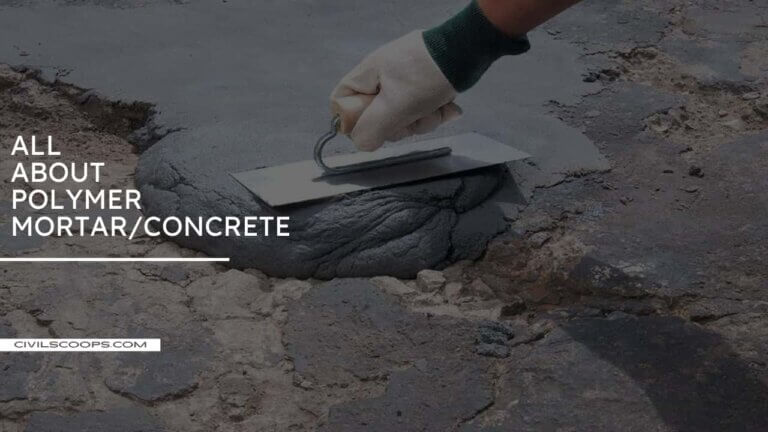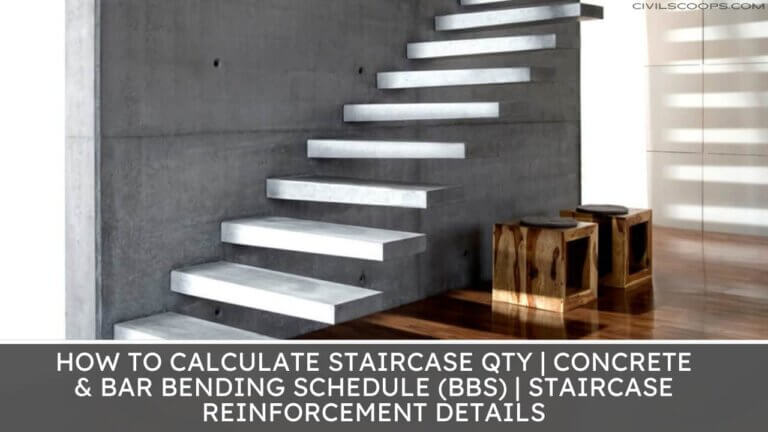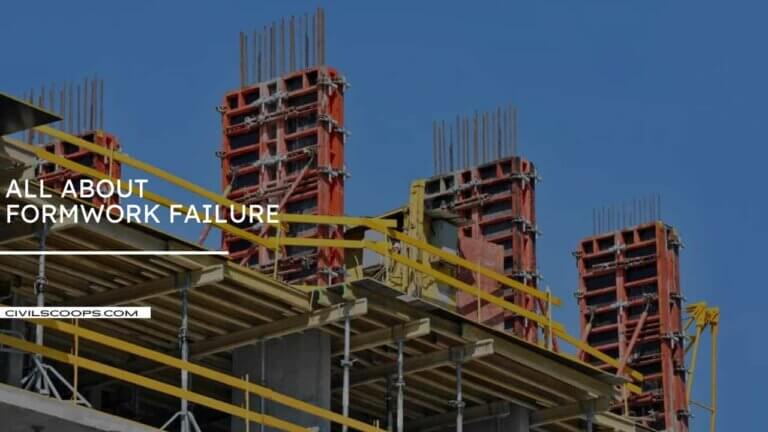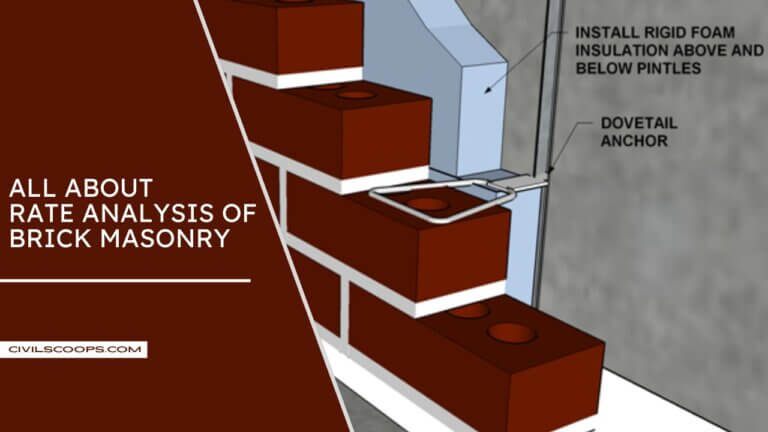All About Polymer Concrete | Why Is Polymer Concrete | Types of Polymer Concrete
Why Is Polymer Concrete? Polymer concrete is a combination material in which the binder consists entirely of synthetic organic polymers, also known as artificial resin concrete. Polymer concrete consists of a minerals filler, for example, aggregate and a polymer binder, which may be thermoplastic, but more frequently is a thermosetting polymer. Sand is used as…








